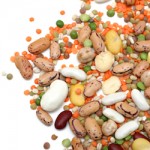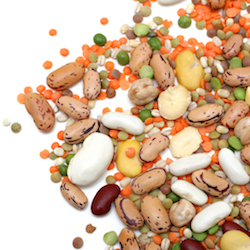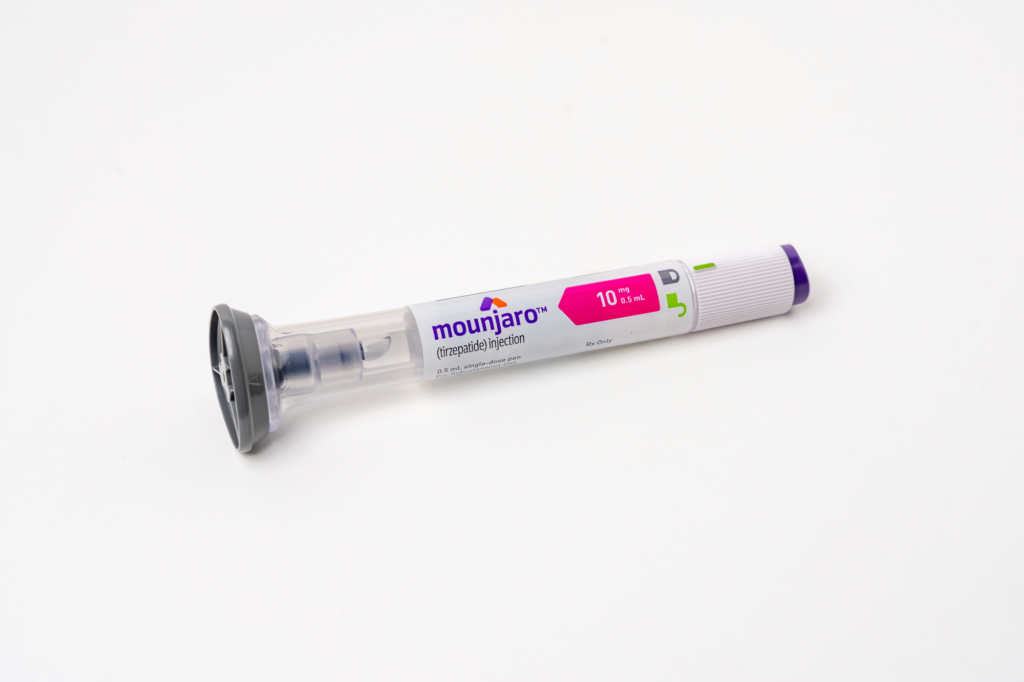The concept of alkaline balance and diet has been known for some years with limited wide-scale practice. Recent studies show that acid-base balance in the diet may indeed play an important role in cardio-metabolic abnormalities, including type 2 diabetes. The following is a summary of two supporting studies.
High dietary acid load is associated with insulin resistance: The Furukawa Nutrition and Health Study
This study of 1732 subjects, age 19-69, examined the association of dietary acid load with markers of insulin resistance (IR), insulin secretion, and blood glucose status among Japanese workers.
Dietary intake was assessed using a validated brief diet history questionnaire. Potential renal acid load (PRAL) and net endogenous acid production (NEAP) scores were derived from nutrient intake. A multilevel linear regression model was used to estimate the means of fasting insulin, fasting plasma glucose, homeostatic model assessment of IR (HOMA-IR) score, homeostatic model assessment of β-cell function (HOMA-β) score and glycated hemoglobin (HbA1c) level with adjustment for potential confounding variables.
Results / PRAL was positively associated with HOMA-IR score (Ptrend = 0.045); the multivariable-adjusted means (95% confidence intervals) for the HOMA-IR scores for the lowest through the highest quartiles of PRAL were 0.88 (0.82–0.94), 0.92 (0.86–0.98), 0.92 (0.86–0.98), and 0.94 (0.88–1.01). A similar association was observed between NEAP and HOMA-IR scores (Ptrend = 0.03). In the stratified analyses, these positive associations were confined to subjects with lower BMIs (<23 kg/m2) (Ptrend = 0.03 and 0.01 for PRAL and NEAP, respectively). NEAP score was positively associated with HOMA-β score (Ptrend = 0.03). Dietary acid load score was not appreciably associated with fasting glucose or HbA1c levels.

- High dietary acid load scores were positively associated with HOMA-IR score.
- This positive association was confined to subjects with lower BMIs.
- Net endogenous acid production score was positively associated with HOMA-β score.
Higher Dietary Acid Load, Low Vegetable Protein Risk Factor for Metabolic Syndrome
Metabolic syndrome is an added risk factor for patients with diabetes. This research in Journal of Diabetes Investigation, studied whether carbohydrate intake is associated with quality of dietary protein and acid load, and whether this dietary combination is related to metabolic syndrome (MetS) in patients with type 2 diabetes.
Though medical nutrition therapy for diabetes management plays a crucial role in preventing diabetic complications, there is still a great degree of debate on the ideal type of carbohydrate intake.
The study analyzed whether carbohydrate intake is associated with the quality of dietary protein and acid load, and whether these are related to the presence of MetS in patients with type 2 diabetes. MetS includes a collective of cardiovascular risk factors, including hyperglycemia, hypertension, visceral obesity and dyslipidemia.
The study included a cross-sectional study of 260 consecutive patients with type 2-diabetes recruited from the outpatient clinic at Kyoto Prefectural University of Medicine, Kyoto, Japan. After exclusions, 140 patients completed the study. Patients were given a self-administered diet history questionnaire (DHQ) of dietary intake of the past month about each amount and frequency of intake of 117 foods.
Results

The study found that carbohydrate energy/total energy (C/E) ratio was:
- negatively correlated with animal protein energy/total energy (AP/E) ratio, potential renal acid load (PRAL).
The net endogenous acid production (NEAP) was positively correlated with:
- vegetable protein energy/total energy (VP/E) ratio in patients with type 2 diabetes.
The decreased VP/E ratio and increased acid load scores, assessed by PRAL or NEAP scores, were associated with the prevalence of MetS after adjusting for confounding variables.
- decreased vegetable protein intake was associated with the prevalence of MetS. Animal fat energy/total energy was not a statistically significant risk factor for the prevalence of MetS in this study.
Discussion
Evidence has been accumulating to suggest that low carbohydrate diets and their combination with high-protein diets are potent in bodyweight loss, and might have favorable effects on the risk markers of cardiovascular disease in the short term. However, recent reports suggested that low-carbohydrate diets were associated with a significantly higher risk of all-cause mortality in the long term.
One of the possible explanations for the association might be increased intake of protein based on animal sources and reduced intake of protein based on vegetable sources. In addition, a low-carbohydrate diet has a tendency to result in a reduced intake of fruits and fiber, and an increased intake of protein based on cholesterol, saturated fat and animal sources. The present study also provided equally suggestive evidence that low-carbohydrate intake was associated with increased animal protein intake and decreased vegetable protein intake in patients with type 2 diabetes.”
Conclusion / The authors say: “The study showed carbohydrate intake was negatively correlated with animal protein intake or dietary acid load, and was positively correlated with vegetable protein intake in patients with type 2 diabetes. Decreased vegetable protein intake and increased dietary acid load were associated with the prevalence of MetS.”
The authors note that further research is needed to find causality and to better explain the suggested influence of vegetable protein intake and dietary acid load associated with low carbohydrate intake on metabolic risk factors is required in patients with type 2 diabetes.
Source: H Iwase et al. Lower vegetable protein in take and higher dietary acid load associated with lower carbohydrate intake are risk factors for metabolic syndrome in patients with type 2 diabetes: Post hoc analysis of a cross-sectional study. J Diabetes Investigation. Feb. 2015, doi: 10.1111/jdi.12326
Smit E, Nieto FJ, Crespo CJ, Mitchell P. Estimates of Animal and Plant Protein Intake in US Adults: Results from the Third National Health and Nutrition Examination Survey, 1988-1991. J Am Diet Assoc. 1999;99(7):813–820.
Rhodes D, Clemens J, Goldman J, LaComb R, Moshfegh A. 2009-2010 What We Eat In America, NHANES Tables 1-36.: Worldwide Web Site. Food Surveys Research Group; 2012.
Sebastian A, Sellmeyer DE, Stone KL, Cummings SR. Dietary ratio of animal to vegetable protein and rate of bone loss and risk of fracture in postmenopausal women. Am J Clin Nutr. 2001;74(3):411–412.
Lindeman RD, Goldman R. Anatomic and physiologic age changes in the kidney. Experimental Gerontology. 1986;21(4-5):379–406.
Frassetto L, Morris, Jr. R.C. RC, Jr., Sellmeyer DE, Todd K, Sebastian A. Diet, evolution and aging—the pathophysiologic effects of the post-agricultural inversion of the potassium-to-sodium and base-to-chloride ratios in the human diet. European Journal of Nutrition. 2001;40(5):200–213.
Schwaffenberg G. The Alkaline Diet: Is there Evidence that an Alkaline pH Diet Benefits Health? J Environ Public Health, 2012, doi: 10.1155/2012/727630.








